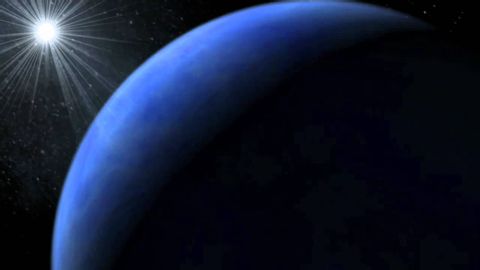
Subtitles & vocabulary
The First Earth-Sized World of Kepler
00
Wonderful posted on 2014/04/19Save
Video vocabulary
life
US /laɪf/
・
UK /laɪf/
- Noun (Countable/Uncountable)
- All the living things e.g. animals, plants, humans
- Period of time things live, from birth to death
A1
More finding
US /ˈfaɪndɪŋ/
・
UK /ˈfaɪndɪŋ/
- Verb (Transitive/Intransitive)
- To become aware of something that is happening
- To discover or meet by chance
- Noun
- Something you discover or find out; a result
A1
More world
US /wɜrld /
・
UK /wɜ:ld/
- Noun (Countable/Uncountable)
- All the humans, events, activities on the earth
- Political division due to some kind of similarity
A1
More find
US /faɪnd/
・
UK /faɪnd/
- Transitive Verb
- To become aware of something that is happening
- To discover or meet by chance
- Noun (Countable/Uncountable)
- Object discovered by chance
- Things that have been discovered from searching
A1
More Use Energy
Unlock All Vocabulary
Unlock pronunciation, explanations, and filters
